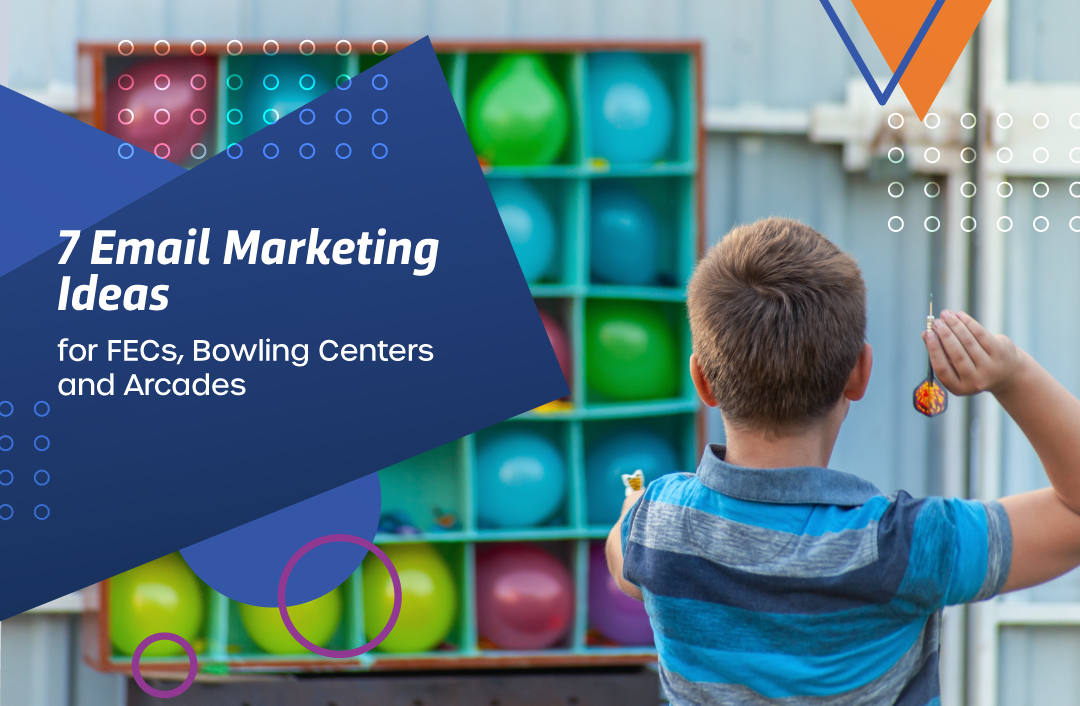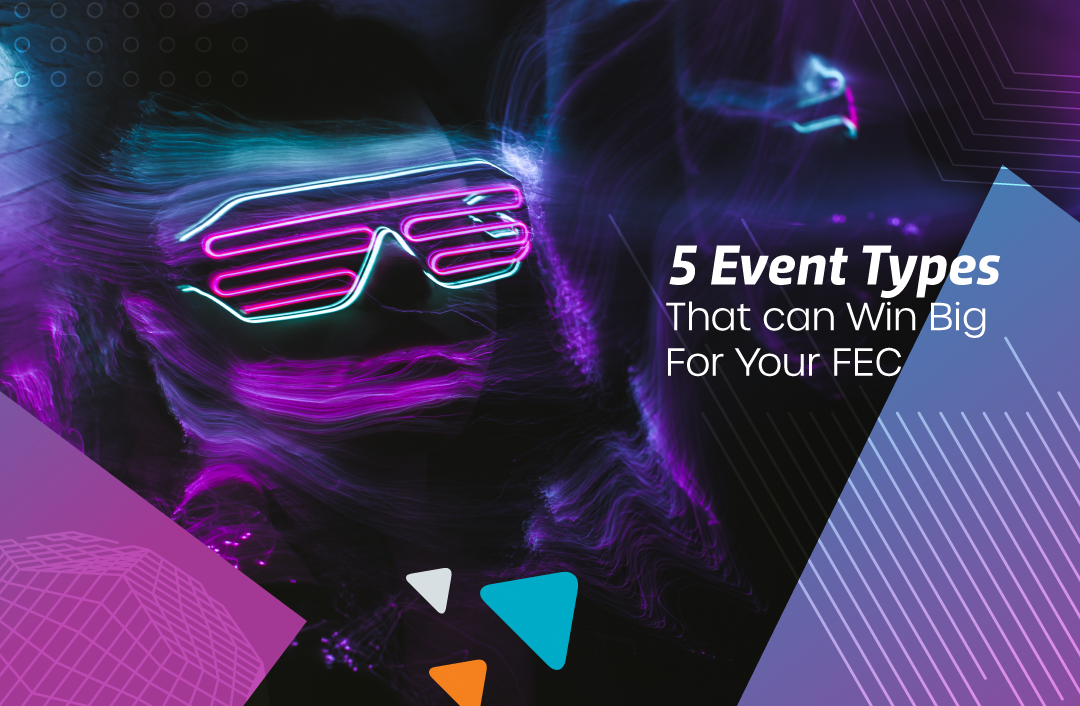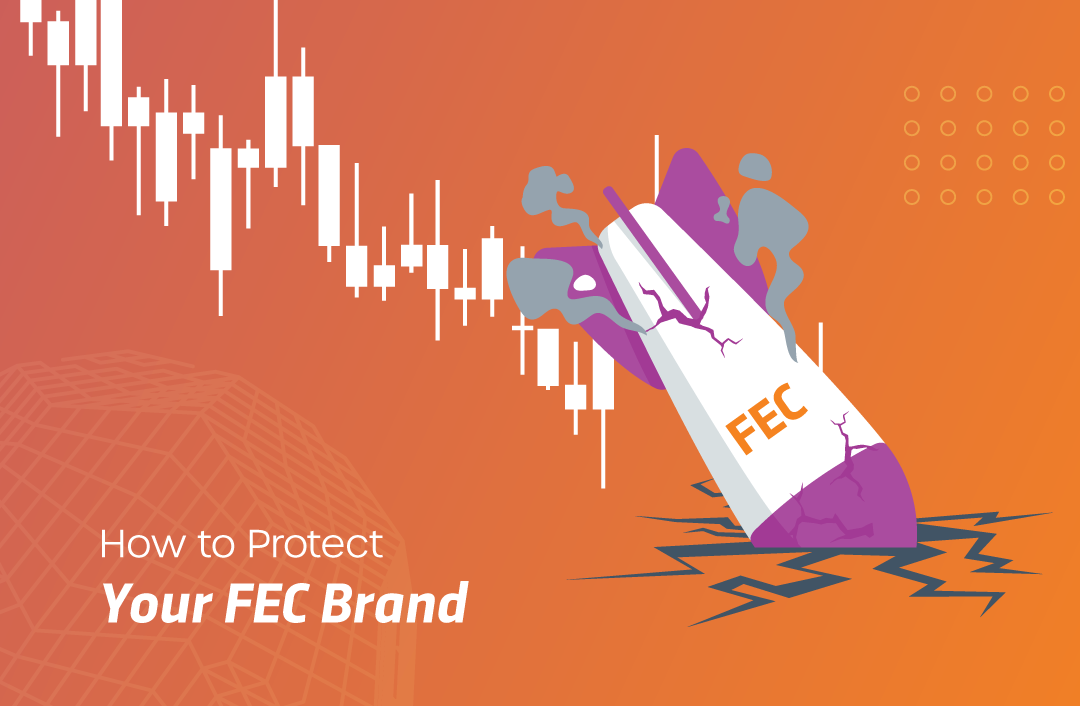With IAAPA only a few weeks away, new and seasoned operators are getting into the mindset of growth. Whether it’s opening a new facility, renovating or expanding, adding an attraction or anything else, change is in the air.
In advance of the show, we sat down with Dynamic Designs’ Doug Wilkerson to get his top tips for designing an FEC for maximum impact. Here’s what Doug had to say.
Before we get into the keys to a compelling design, one important detail that can’t be missed is that your design should tell a story. What I mean by this is your story creates a soul for your business. It’s not necessarily about a theme, but rather a passion.
I have a client who had aviation as a big part of their family legacy. He came from two generations of private airplane fabrication. They were so passionate about airplanes that they had their own personal collection of old and historic planes. But when working with him, he was adamant that he didn’t want airplanes as a part of the design of a center for adults.
Knowing that aviation was such an emotional connection for his family allowed us to create a story that could become the soul of the design. Our designers picked an era of aviation and researched colors, materials and a look and feel to create a mood board, which quickly became a design concept.
A good story makes all your design decisions easier because you’re always able to go back to your mood board and find ways to pull in design elements that align with your story. Stories create interest. Interest creates engagement. Engagement creates experiences. Experiences create relationships, and relationships lead to loyalty. That’s what it’s all about.
Once you have your story, here are seven of the most important elements of an effective design.
1. The grand entrance
You have less than ten seconds to make a first impression. There’s a reason why casinos have beautiful fountains and magnificent lobbies: to capture your eye so they can begin to drive an experience and draw you in.
Your entrance should be open and airy and should contain some kind of feature element, like a sculpture or an impressive guest services desk.
Operationally, clear pathways to select areas allow you to control the traffic flow and the experience you want to create. And, of course, consider how staff can help create this grand entrance. Staff positions, greetings and interactions can all affect the mood of guests entering the building. The objective is to allow guests to escape reality and be drawn into your world.
2. The central service core
Your design is not just about aesthetics; it also needs to be functional. Consider ways for multiple areas to be run by the same staff.
For example, let’s say you have a facility that has bowling, a VIP area, games, redemption, a ropes course and food and beverage. Labor is a critical cost to consider, so you need to plan the best way to leverage staff inside your central core.
To minimize staff, consider collocating bowling check in, guest support and redemption so that when it’s slow, a team member can manage multiple areas. Another example is to position ropes courses near laser tag.
Take time to consider what areas should be close to each other so that you can still have the right amount of staff whether you’re busy or slow. Just think – a poor design that causes you to have two extra team members can cost you over $100,000. A good design is as much about functionality as it is design.
3. Centralized food service
Food service is an essential part of your business, one that can be profitable if you have an effective design.
Try to have the food coming from one place, and minimize the steps getting food from the kitchen to the guest. The right-sized centralized kitchen can provide the food and beverage for separate areas like a full-service bar, bowling or VIP areas, a casual bistro and party or event space. This will allow you to streamline your food and beverage with the most efficient staff.
One thing to remember is that it’s usually a good idea to put a kitchen on an outside wall to streamline deliveries coming into the kitchen and prevent you from having deliveries move through your facility.
4. Controlled guest flow
Beware of hiding attractions away from natural patterns of guest flow. This will help you improve guest experience, serve them better, market to them and allow them to see what you have to offer, which, again, improves their experience.
You may be limited to the building that you’re designing into, but anywhere you can remove unnecessary sight barriers and allow guests to see your focal points and key offerings, the more immersive your experience will feel.
That’s not to say that you should eliminate all the walls. You just want to be strategic about what guests see up front and where you want to create intimacy around your different park areas. Perhaps you put a path in, similiar to a “yellow brick road,” that subtly moves guests throughout the key areas so they can see everything.
5. Showcase core attractions
When it comes to attractions, don’t just install them, showcase them.
Give your guests a feel for the story inside your laser tag with a well themed or compelling façade at the arena entrance. This will drive interest and provide a marketing opportunity because showcasing your product well will draw people in who may not have had any intention of playing that attraction. As you do flow them around, make sure there’s something to see. Lighting, furniture and ambience all make a huge difference to creating a noteworthy space.
6. Favor the adult consumer
Yes, you’re likely a family operation, but that doesn’t mean you should cater to small children. In today’s society, you have to get this right or you’ll chop off a huge part of your market.
Today, a 14-year-old wants to be treated like a 21-year-old, so if your facility leans towards the young customer, pre-teens and teens on up won’t want to visit. Favor the adult with trends, colors and a modern look and feel.
Kids will be drawn in to your attractions without question. Favoring the adult will make the experience fun and exciting for parents, too. This means nice, comfortable seating, free WIFI, a good coffee offering and wine and beer (not necessarily full alcohol) – just to show parents that you care. Are parents in your market more likely to want to spend time in a snack bar or in a bistro? Would they prefer the feel of McDonalds or Starbucks?
Also, consider how close to attractions parental seating is. The younger the child, the closer the parent wants to be, so factor the target age of the attraction when planning so parents will be comfortable in the space and with where their child is.
The bottom line: when they leave, parents need to feel like you thought about them.
7. Incorporate technology
Technology is obviously an essential part of your business. Everywhere guests are going to make purchases at your facility, like point of sale stations at your entrance and in your restaurant, should provide high level service that’s better, faster and more enjoyable.
But in addition to that, consider using technology to create specific impressions. For example, trendy lighting and effects create a perception of modernity and newness. Higher quality furniture, dramatic coloring and high-end touches create an elevated experience. At the end of the day, you want people to feel like your facility is on the cutting edge of entertainment.
Design is a critical element of a successful FEC. But don’t do it alone. To learn more about designing or updating your family entertainment center, reach out to Doug at Dynamic Designs at doug@dynamicdesignsinc.net.
Search Resources
Subscribe to Email Updates
Featured Resources
Blogs //
7 Email Marketing Ideas for FECs, Bowling Centers, and Arcades

Blogs //
5 Event Types that Can Win Big For Your FEC

News //
CenterEdge Welcomes John Keys as Sales Director

Blogs //
How to Protect Your FEC’s Brand

Posts by Topic
- Advantage Payments (7)
- Brand Management (19)
- Business Growth (81)
- Capacity Management (2)
- CenterEdge News (28)
- Client Interviews (8)
- Credit Card Processing (3)
- Data & Reporting (12)
- Digital Signage (1)
- Event Management (20)
- Facility Management (10)
- Food & Beverage (8)
- Guest Experience (34)
- Guest Management (20)
- Holiday Season & Promotions (5)
- Industry Events (10)
- Inventory Management (1)
- Loyalty Programs (8)
- Marketing Tips (24)
- Operations (1)
- Point of Sale (10)
- Product Launch (11)
- Productivity (5)
- Profitability (35)
- Redemption Management (1)
- Sales (35)
- Season Passes (1)
- Team Training (60)
- Waivers (2)

Leave a Comment